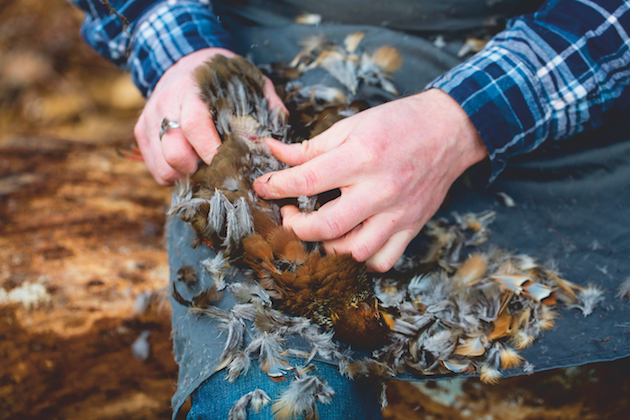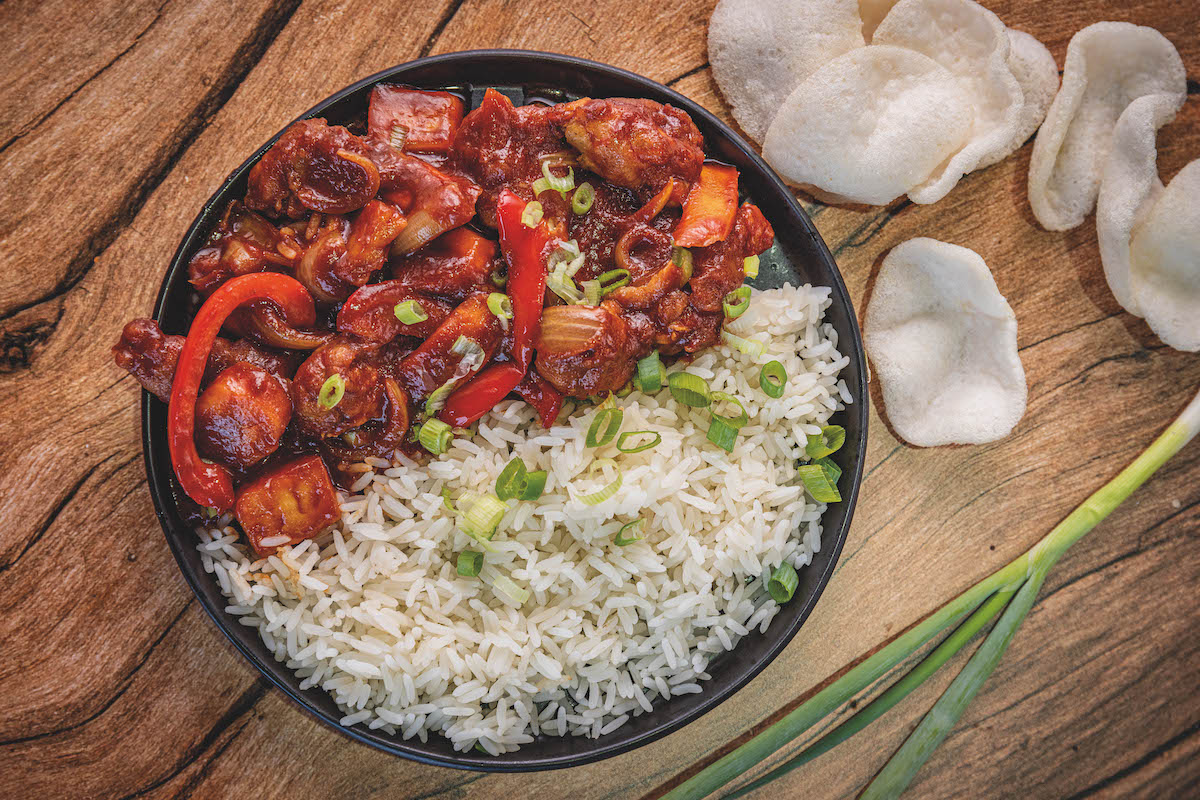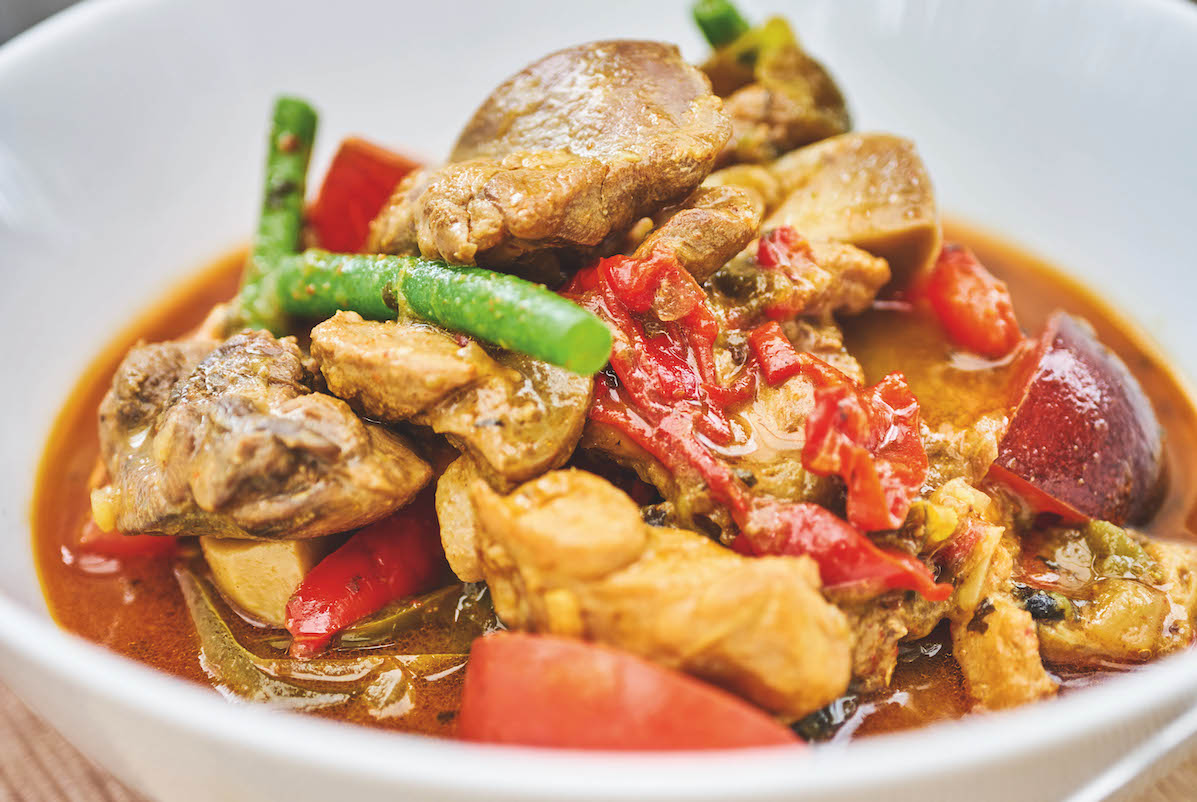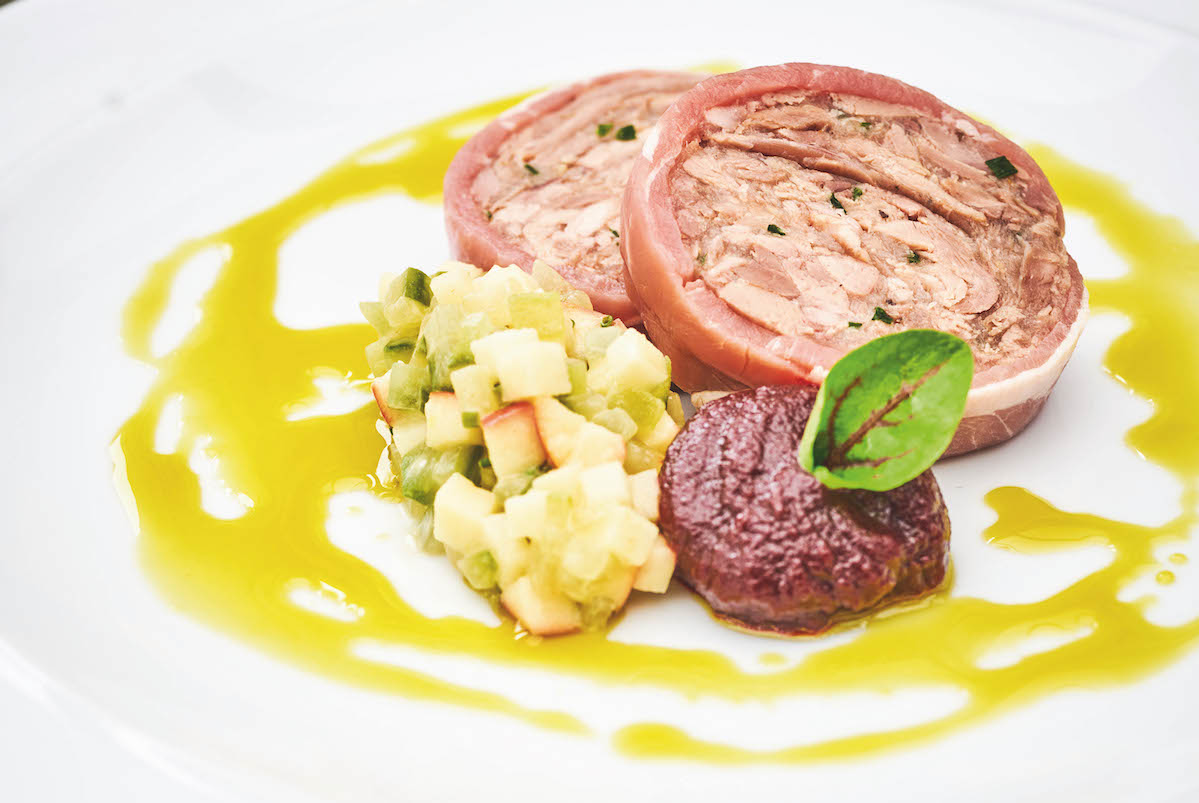How to dress and pluck a pheasant
Plucking and dressing a gamebird shouldn't be seen as a laborious task, argues Roderick Emery

Plucking a gamebird
If you have never attempted plucking a pheasant before, let me suggest that you start outdoors. You’ll want a chair for the purpose, and a bin liner for the feathers – tucked into a bin is best – a bit of time to yourself and a complete absence of dogs, who always make things much more complicated and much less tidy.
Step by step guide to plucking a pheasant
- If your pheasants have been hanging for a couple of days in a cold place, so much the better because the chill tightens the skin and makes the whole process easier. Two or three days is enough unless the temperature is hovering around freezing, in which case you can double that. It is a matter of taste.
- You might also want to avail yourself of an apron.
- Grab your bird and park yourself on the chair with the bin nearby. Point the pheasant away from you and, starting in the middle of its back, take a pinch of two or three feathers – no more – and tweak briskly up and forward towards the head against the grain. Deposit the feathers in the bin and repeat, two or three feathers at a time.
- You will probably find that you are quite successful at plucking a pheasant. So far. Do not be tempted, though, into grabbing four or five feathers instead, as this will result in tearing the skin of your bird, which makes the whole thing infinitely more difficult and results in a tatty-looking finished product. What you can do, though, as your skill develops, is to accelerate your plucking motion while still maintaining the two to three feather pluck. If you look at real experts in action, their plucking hand is a positive blur but each pluck is still a rigorously applied two to three feathers at a time.
- Once the back is denuded, you will have to expand the areas of operation to the sides and breast of your bird. The feathers here tend to be larger and it makes sense to slow things down somewhat. The breast is what will be on display when the bird is about to be served, so it is important that you do not make a hash of things now. Patience is a virtue.
- You will certainly find that adjusting your grip will assist matters. Getting a bit of tension on the skin where you are working is a help, for example. Once the middle of your bird is plucked you can move up and down as fancy takes you. Legs do not represent much of a problem, and I freely admit that I don’t bother with wings, especially on a partridge, but if you determine to do the job properly then I venture that up to the first wing joint will suffice.
- I also give you fair warning that the fiddly bits are called fiddly bits for a reason, but if you have made it thus far without disaster or despair then press on with the same diligence because you are almost there. You should end up with a bird naked below the neck but for its wing tips and a bin liner fullish with feathers.
- This is an outcome devoutly to be wished and many, many congratulations are in order.
- The classy thing to do at this juncture is to run a blowtorch over the bird to singe off any hairs or down. Or twist up a page of the newspaper, light the end and run that round it. Or pass it over a gas hob a couple of times.
- Now for the icky bit. Put the bird on its back on a draining board, work surface or convenient place. Step one is to remove the crop. This sits at the bottom of the neck, nestled in the wishbone. If you cut the neck off as close to the body as possible with a sharp knife or with my favourite tool – game shears – you will find the crop, stuffed with maize or corn or something similar, exposed.
- The key is to fidget out the sac in one piece. Head, neck and crop go into the bin liner. Wings and feet ditto.
- To take out the innards, insert the tip of a sharp knife at the foot of the breastbone, blade up, and cut up and outwards as far as the vent. Insert two fingers under the breastbone, take a deep breath and yank out the contents.
- You will find that the resulting heap remains loosely attached, quite literally at the bottom. My advice is to cut it all off – guts, vent, the lot – with a single snip or slice and discard them.
- And that’s your bird plucked and dressed.
How to prepare a pheasant – with Amy Willcock
Shooting Gazette’s food and lifestyle writer, Amy Willcock, shows you how to prepare a pheasant ready for cooking.
Unzipping a pheasant
This is another way to prepare a pheasant.
- Place the bird on its back on your chosen work surface.
- Pinch your bird at the bottom of the breastbone and cut through the skin beneath your fingers.
- Put the knife down and, taking a firm grip on the legs, lift the feathers and skin briskly up and away, leaving the breast exposed.
- Depending on your recipe, you can now either take off the breast fillets with your knife from either side of the breast bone, or, still holding the legs firmly, slice under the end of the breastbone and lift it up in its entirety and complete the job by snipping past the wings and through the shoulders with your shears to remove the breast crown in one piece.
- Connoisseurs will also take the liver, which is the first thing you find under the breastbone.
- Two more snips each will remove the legs, which should never be abandoned. If nothing more they can be poached for stock.
- Personally, I cook with the thighs and make stock with the rest. Stock makes everything better and can be frozen until needed, so why not?
- Bin the rest.









